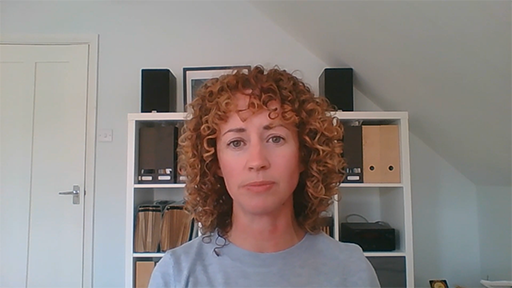7.1 Data driven decisions
The Digital Strategy for Wales Mission 6: data and collaboration, states:
Services are improved by working together, with data and knowledge being used and shared
Data underpins everything we do digitally. … It enables responsive and continuous improvement in public services, supports seamless services, enables digital innovation and automation, and informs good decision making.
…
The scale of the data revolution has raised important questions about access to data and how data are used. We must ensure data ethics, transparency and trust are threaded into the actions we take.
Data and information are central to organisations operating and developing and are potentially one of their most valuable assets. Decisions based on evidence normally gained from data and information allow you to analyse your organisation to:
- make decisions
- identify needs
- track your workforce’s wellbeing
- provide evidence against objectives/targets for both internal and external stakeholders.
In presenting options, it is always sensible to have evidence to validate your reasons, which is normally a collection of facts and statistics based on qualitative or quantitative research and information.
We think of data, in the first instance, as information that has been collated digitally from information stored across, or via, digital systems. But data can also include information that has been gathered and captured from talking to others or taken from reports. Data can often be grouped as follows:
- Internal data – provides insights into your operations, finances, performance management, productivity and infrastructure. It allows for gap analysis and understanding the needs of your workforce.
- External data –often helps with analysing trends and benchmarking within your external environment.
- Marketing data –is used to understand customers’ behaviours and preferences, for example to assist HEI student enrolment and retention.
Activity 24 Data storytelling
Presenting options and using data, needs to be engaging and meaningful, one approach is the concept of data storytelling. In the video below Laura Dewis (Chief Operating Officer, Full Fact) explains how you can bring data to life.
1. Watch the video and consider how you present data to others, and how you could approach this in the future.

Transcript: Video 24 Data storytelling
2. Read the article: ‘Hybrid Work Is Just Work. Are We Doing It Wrong?’ [Tip: hold Ctrl and click a link to open it in a new tab. (Hide tip)] (Microsoft, 2022)
Consider how the article has been presented and how data is used to draw out the key points from the report. If you were future planning for new ways of working, how might you use the data to inform areas you might need to focus on?
Answer
Using data storytelling is a powerful way to engage others to focus on key areas. It helps to highlight information and encourage different ways to consider the information. In the article colourful visuals of the data were used to draw out key points from the report Productivity paranoia, people come in for each other and re-recruiting your employees (Microsoft, 2022). The article creates a story of the future and the needs of your employees, which for those involved in futures planning, raise complex questions that can lead to many possible different futures for an organisation.
